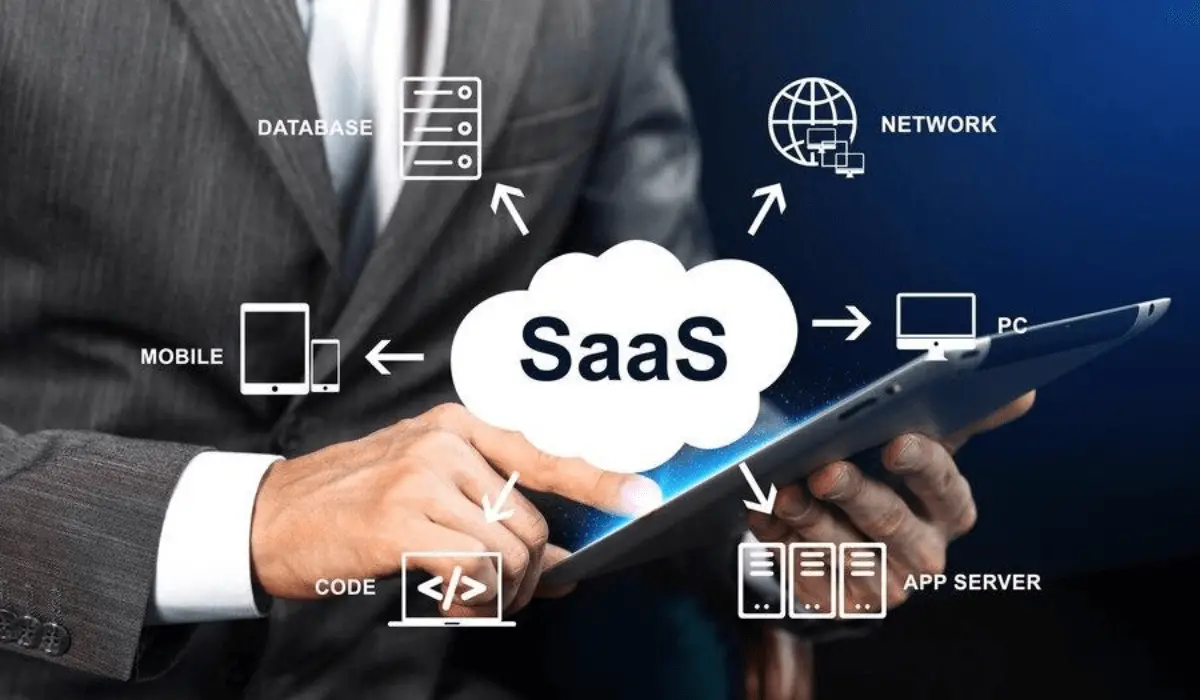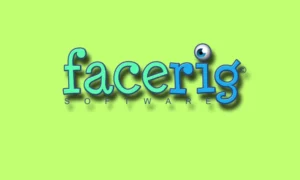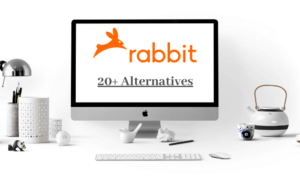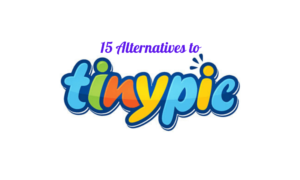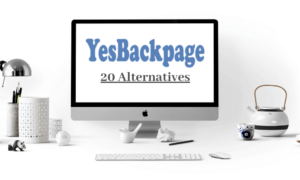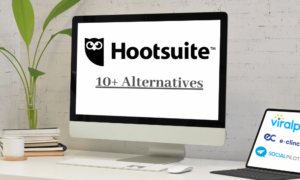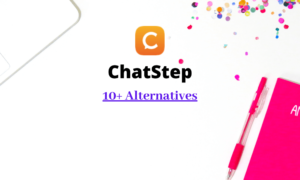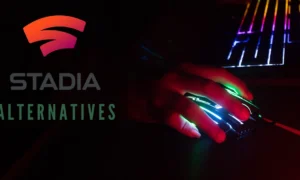SaaS – Software as a service is the dominant model in software development these days. The benefits of SaaS are too many for the customers as well as owners. In simple terms, a SaaS application is an application that is delivered over the internet- as a service. To operate a SaaS application, all one needs is an internet connection and login credentials. You can download it on different devices and use it on the go as well.
Differences Between SaaS and Traditional Software
While traditional software needs installation on the system of the customer, SaaS-based software can be accessed through a web browser or mobile phone.
While the customers have to pay a large amount in one go for buying a traditional software license, SaaS software can be bought for a monthly, quarterly, or yearly subscription.
This way, small businesses or even students can have easy access to SaaS software. The SaaS model can be used for both B2B and B2C applications.
Examples of B2B SaaS Applications
1. Project Management Tools
Project management SaaS software help teams coordinate better and get work done in an effective manner. These allow real-time synchronization and make work faster and easier as compared to using spreadsheets for the same.
Tracking the progress of team members, timesheets, file sharing, and task allocation are some of the benefits of SaaS-based project management tools.
Some examples of well-known SaaS-based project management tools are Jira and Trello.
2. ERP Systems
Enterprise resource planning systems refer to the technologies and systems that companies use to streamline their processes. They help companies in resource planning by integrating all important processes and running the company using a standard process for all.
These complex software streamline processes related to accounting, inventory, HR, CRM, etc. Some examples are Oracle cloud ERP and SAP cloud.
3. Collaboration and Communication Tools
Effective collaboration is an essential aspect of team success and SaaS-based collaboration and communication tools ensure the smooth functioning of teams. Apps like Google Workspace, Zoom, and Slack play an important role in keeping team members connected from various places and time zones.
4. Marketing Software
Impactful marketing is central to the success of any business. Marketing tools like Social Media Marketing Platforms and analytics tools play an important role in business success.
They provide valuable insight into the performance of marketing endeavors as well as streamlining the marketing efforts of a business.
You May Like: SaaS Customer Success Best Practices
Examples of B2C SaaS Applications
Cloud-based software solutions not only help businesses but contribute to leisure as well as education purposes of people.
1. Streaming Services
Netflix is a very famous example of this. People around the world use this platform to entertain themselves with movies and shows on any device.
Spotify, a platform most of us are aware of, is another example of a SaaS Business model. Users get access to dozens of genres and thousands of songs from various artists which can otherwise be a very costly affair if each album is bought individually.
2. eLearning Apps
The SaaS model is prevalent among many eLearning apps as well. One example is Duolingo- it is a SaaS-based language learning app. It offers two plans- free and plus. Plus version leads to extended functionality such as unlimited access and ad-free content.
Coursera is another platform that provides exciting e-learning courses to students and provides internationally recognized certificates.
See Also: Top 23 SaaS Tools for Startups and SMBs
5 Steps to Create a Cloud-Based Application

Before building a cloud-based SaaS application, it is important to understand the essential steps and aspects of a cloud-based application, here are the steps you should follow to create a cloud-based SaaS application.
1. Validation and Planning
Creating a detailed plan is the first step while creating a SaaS app. The success of an app goes beyond using just the right technology stack. Carry out thorough market research, understand the aim and the target audience of the app and define its main features beforehand.
While planning is apparently a stakeholder’s responsibility, involving your development company at this early stage and getting their input can help shape your idea. An experienced development company can provide valuable insight on how to venture in and develop in a particular market.
2. Analysis and Discovery
This is the next phase, in which you analyze and structure a plan. It includes preparing documentation that helps your development team understand what exactly you want to build. A Business Analyst gets to work in this phase and conducts meetings to learn about the details of the project and create documents like
3. Software Requirement Specifications
SRS is the description of the SaaS software you want to develop. It includes functional and non-functional requirements of the software. It defines the features, technical specifications, objectives, the scope of work, and user groups for your app. Consistent communication between the project team and stakeholders is established to prepare this document.
- Assessment of Risk and Mitigation Plan: It is important to assess the potential risks you might face while developing a SaaS application along with figuring out a mitigation plan.
- Feature List: There should be a clear list of all the features you want to incorporate in your SaaS allocation. Also, make an estimate of the time for the implementation of all these features.
- Cost Estimation: Estimating cost is a crucial part of the analysis and Discovery phase. To achieve this, you need to analyze each development stage and approximate price tags for it.
4. Deciding the Design
Understand the needs of your target audience and design a user interface accordingly for a smooth user experience. When deciding on the user interface, you must consider the devices your target audience will use to run the app. Since SaaS apps work both on mobiles and computers, you will have to prepare designs for different resolutions so that users can work efficiently from anywhere and everywhere.
5. Technology Stack and Architecture
The technology stack refers to programming languages, software, frameworks, libraries, and development tools you use for your SaaS-based application. The technology stack or Architecture can be the real deal-breaker if gone wrong.
However good your idea is, or however great your marketing and sales team be, if your technology is not up to the mark and does not have to potential to evolve, you will be doomed sooner or later.
See Also: 10 Best Front-End Web Development Tools
Latest Technology Stack for the Cloud-Based SaaS Application
Below are the latest technology stacks to build a cloud-based SaaS application.
Frontend
For developing the front-end components, the most popular development tools these days are HTML + CSS, and Javascript frameworks ( Angular, React, Vue.js).
Backend
For the Backend, you can choose from the programming languages and corresponding frameworks like JavaScript (Node.js), PHP (Laravel), Ruby (Ruby on Rails), etc.
Development and Testing
After the decision-making and strategizing have been done, the next obvious step is the development and testing of your Cloud Based SaaS application. The developers develop the front end and the backend and simultaneously QA engineers check if each part of the software functions as per the requirement in isolation as well as a whole system.
It is important to understand that while developing SaaS-based software, development takes place in iterations and not in one go. First, an MVP (minimum viable product is built with all the basic features and launched. After launching, feedback is received from the first users, and decisions about improvements and adding new features are taken.
Maintaining the app by assessing its performance through constant feedback is the next important step. You will have to keep incorporating new features as well as keep fixing existing bugs and planning the functionality for the future.
See Also: Effects of the Pandemic on SaaS Development in Australia
Conclusion
We hope that this article gave you important insight into creating your cloud-based SaaS app. We would love to know if you have any important pieces of knowledge to share about building a SaaS-based application.

